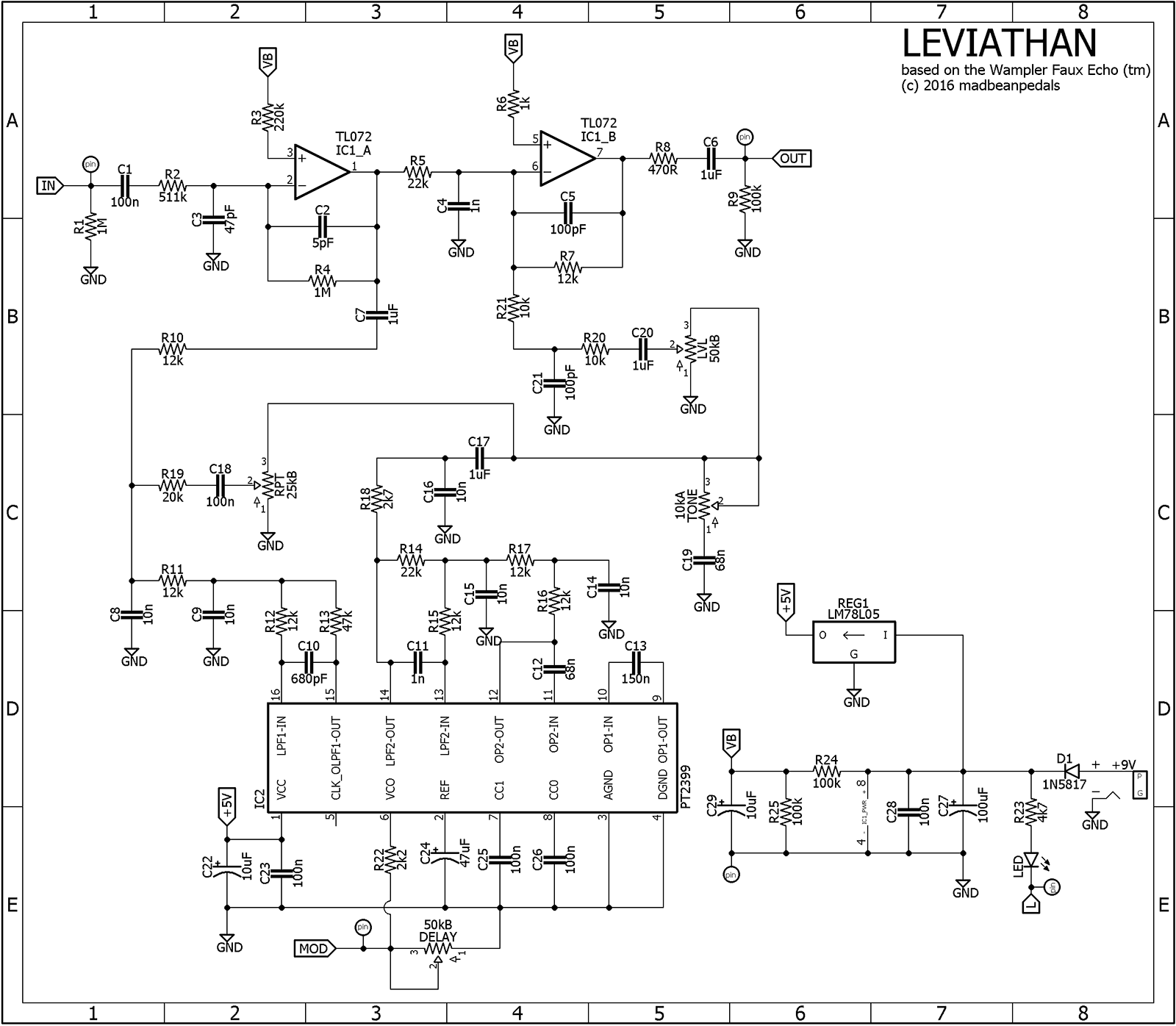Quote from: midwayfair on December 23, 2016, 02:19:40 PM
The other side of the level pot is an inverting op amp input, so you won't hear anything there. But you have narrowed it down. Check, re-check, and triple check the components between the wiper of that pot and the op amp. Maybe you swapped a cap, or maybe you used a 120K where you should have used 12K, maybe there's a short to ground. But it's only a few components.
Quote from: jimilee on December 23, 2016, 06:50:26 PM
On the underside, where is says leviathan, make sure those aren't bridges. Check the whole board against the PnP.
I actually fixed it!
 I'm extremely happy now because this was my first big pedal project and I really wanted to give it away for christmas!
I'm extremely happy now because this was my first big pedal project and I really wanted to give it away for christmas!I tried bypassing the LVL pot using a wire, and it worked fine so I decided to replace the potentiometer, which fixed the problem! The value was right so I just think it was broken. I'll have to measure it some day using my multimeter and find out what the problem was.
The tone pot isn't working great (I used a higher value and used a resistor to change the taper, but I think it just made it worse.), but I don't really care about that. Most of the change happens in the beginning of the rotation (the pot value seems to high and the taper is a bit crazy too), but I'm not even going to bother fixing it because I'll probably just break something else. It's not that important.
Merry christmas everyone and thank you so much for the help!





 The solder kept travelling up the tip of the iron and landing on the tracks beside the pad. From my knowledge there's no solder bridges though. It was a lot harder soldering homemade PCBs than I expected.
The solder kept travelling up the tip of the iron and landing on the tracks beside the pad. From my knowledge there's no solder bridges though. It was a lot harder soldering homemade PCBs than I expected.
